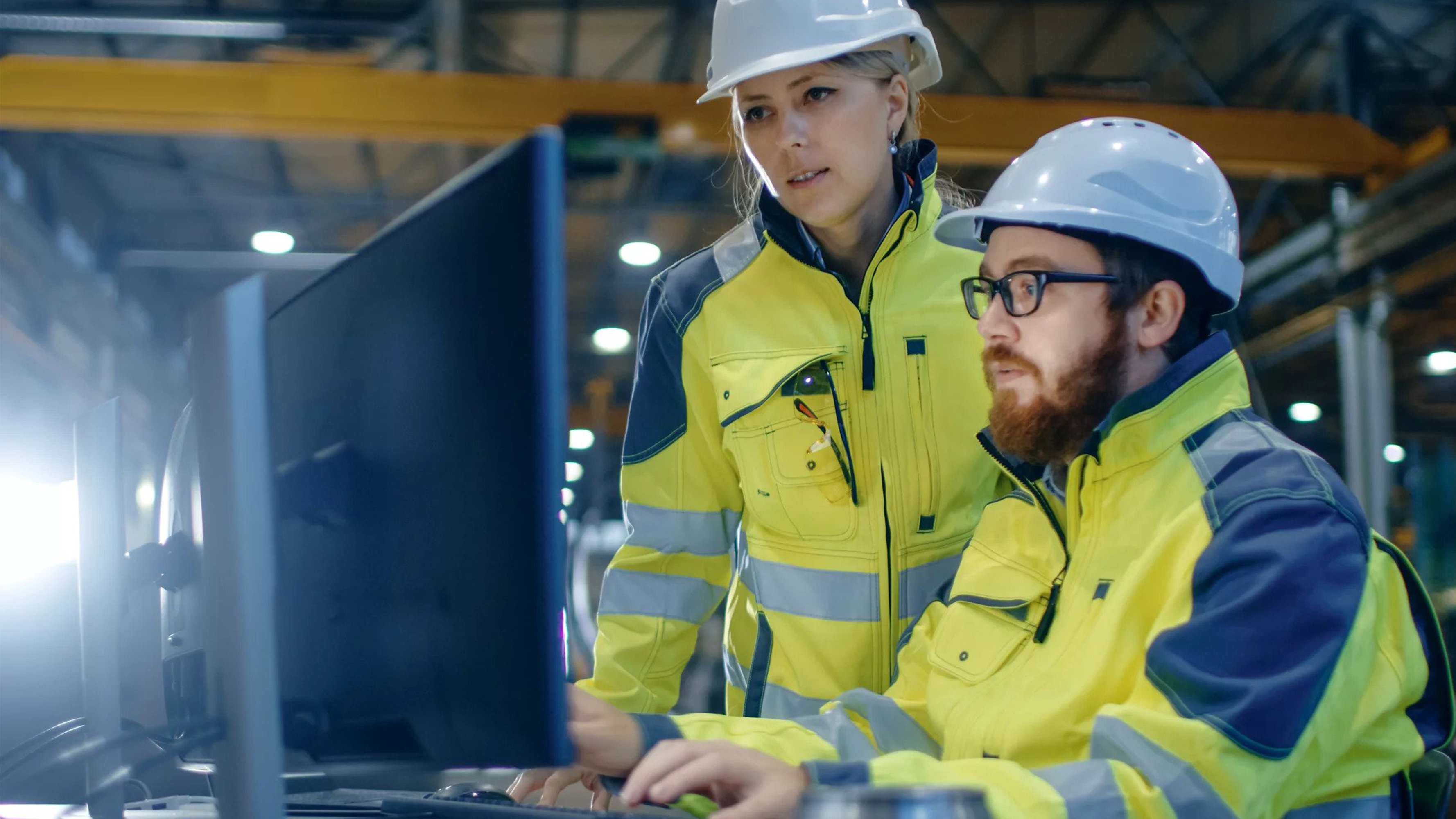Recommended For You
I've now been involved in industrial safety systems for a little over 20 years and this blog is a humble tip of the cap to colleagues who save lives before they are even endangered. It's dedicated to the unsung heroes who help prevent industrial machinery-related injury every single day but seldom receive any recognition. I'm talking about good machine designers.
All good machine designers help save lives. They never get the thanks, but they really do. The fact is that when the design of a machine gives it as much inherent safety as possible, the operators are safer.
One never has to look far to see a high profile industrial accident. It may never be possible to reduce the risk of operating machinery to zero, but countless lives are saved by people who will never be thanked for really good, safe machine design. It's a reminder to all of us in industrial safety that the best way to mitigate risk is to design it out at source.
It's fair to say that in industrial safety I have found my professional niche. If my career ended today, I couldn't have picked a more gratifying one. Like so many engineers, I don't think I ever lost the childlike wonder of seeing how things worked and problem solving. I'm now 62 (where did the time go!) and a grandfather.
I see that same wonder on the faces of my grandchildren and nothing gives me greater pleasure. Like any grandparent, I want my four grandchildren to have every opportunity in life, and I hope that whatever they do for a living will give them as much fulfilment as my career has given me. But above all, I hope they are safe.
I'd be the proudest grandad around if any of my grandchildren grow up to become engineers. It seems to me that there can be few more satisfying careers, and with the skills gap I see throughout industry, there's good reason to expect they would always be in demand. I know I can't wrap them in cotton wool, but I'm proud to be a part of the professional environment that is dedicated to making today and tomorrow's engineers and machine operators as safe as possible.
Over the past twenty years I've seen ever more ingenious safety technologies and practices employed to help keep machine operators safe. I'm incredibly proud of my colleagues throughout industrial safety.
It's a terrific leveller, safety. Even usually very competitive companies work tirelessly and set aside commercial ambition when it comes to safety – we in the safety community are like a big loop, and the point at which the loop closes is the point at which we are all agreed.
None of us wants anyone associated with our equipment to get hurt. Personally, I'm acutely aware of how important what we do is to my grandchildren's generation, too.
It is a source of pride and a huge spur for me to continue to strive for improved industrial safety records for the future in the face of rapidly changing machinery and the necessarily developing complexity of safety related legislation. I'm perhaps most specifically proud of the Safebook Series that we have developed at Rockwell Automation over the years.
These were started many years ago as a commitment to the dissemination of information of technology, standards and legislation relating to the safety related control system aspects of machinery. The series has expanded to include versions for the process sector, and as I write this the machinery version is undergoing a revision that will produce its fifth iteration.
This time it will include increased guidance on standards relating to more global markets such as the U.S. and China. They have been hungrily received by machine builders and OEMs over the years with more than 8,000 copies of the Safebook 4 being requested via download or in hard-copy format.
As industrial technology develops and becomes more complex, responsive and ingenious, the safety standards required to maintain and continue to improve the safety of those who work with machines also change. It's something that I firmly believe should be welcomed with open arms.
The complexity of safety standards should not be feared but embraced by companies looking to be sustainable and even gain competitive advantage. Well-designed machines that adhere to safety standards can help improve uptime and overall efficiency as well as reduce the risk to operators.
They can also be sold across more regions and into more global enterprises. Navigating new standards is not easy, and rightly so, but help is at hand. Our dedicated webpage for machine safety standards is a good place to start.
Published September 23, 2015


